Size: 30-40CM
Variegated Rubber plant, scientifically known as Ficus elastica ‘Variegata’, is a popular houseplant prized for its stunning variegated foliage. Here’s some information about the Variegated Rubber plant:
Appearance:
The Variegated Rubber plant is a cultivar of the Ficus elastica species, commonly known as the Rubber Plant. It features large, leathery leaves with a glossy texture. The variegation refers to the distinctive patterns of creamy white, yellow, or pinkish hues that appear on the leaves, contrasting with the dark green color. The variegation can vary from plant to plant, making each one unique.
Care Tips for Variegated Rubber Plant:
Light:
Variegated Rubber plants thrive in bright, indirect light. They can tolerate some shade, but too much shade may result in diminished variegation. Avoid placing them in direct sunlight, as it can scorch the leaves.
Temperature:
Variegated Rubber plants prefer average to warm temperatures between 60°F to 75°F (16°C to 24°C). Protect them from cold drafts and temperature extremes.
Watering:
Water your plant when the top inch (2.5 cm) of soil feels dry. Aim to keep the soil evenly moist but not waterlogged. Overwatering can lead to root rot, while underwatering can cause leaf wilting. Adjust the frequency of watering based on the specific needs of your plant and the conditions of your environment.
Humidity:
Variegated Rubber plants appreciate moderate to high humidity levels. If the air in your home is dry, you can increase humidity by misting the leaves with water, placing a humidifier nearby, or using a pebble tray filled with water under the plant’s pot (without allowing the pot to sit in water).
Soil:
Use a well-draining potting mix that retains some moisture. A mixture of peat moss, perlite, and sand or a quality indoor plant potting mix can work well. Ensure that the pot has drainage holes to prevent waterlogging.
Fertilization:
Feed your Variegated Rubber plant with a balanced, water-soluble fertilizer formulated for houseplants. Follow the instructions on the fertilizer packaging for the recommended dosage and frequency. Fertilize during the growing season (spring and summer) and reduce or cease fertilization during the dormant period (fall and winter).
Pruning:
Prune your Variegated Rubber plant as needed to maintain its shape and size. Regular pruning can also help to remove any dead, damaged, or yellowed leaves. You can also trim back excessive growth to encourage bushiness.
Pests:
Monitor your plant for common houseplant pests like spider mites, mealybugs, or scale insects. If you notice signs of infestation, such as webs, sticky residue, or distorted leaves, treat the plant with appropriate insecticidal soap or horticultural oil, following the instructions on the product label.
The Variegated Rubber plant is not only visually appealing but also contributes to improving indoor air quality. With proper care and attention, it can be a beautiful addition to your indoor plant collection.

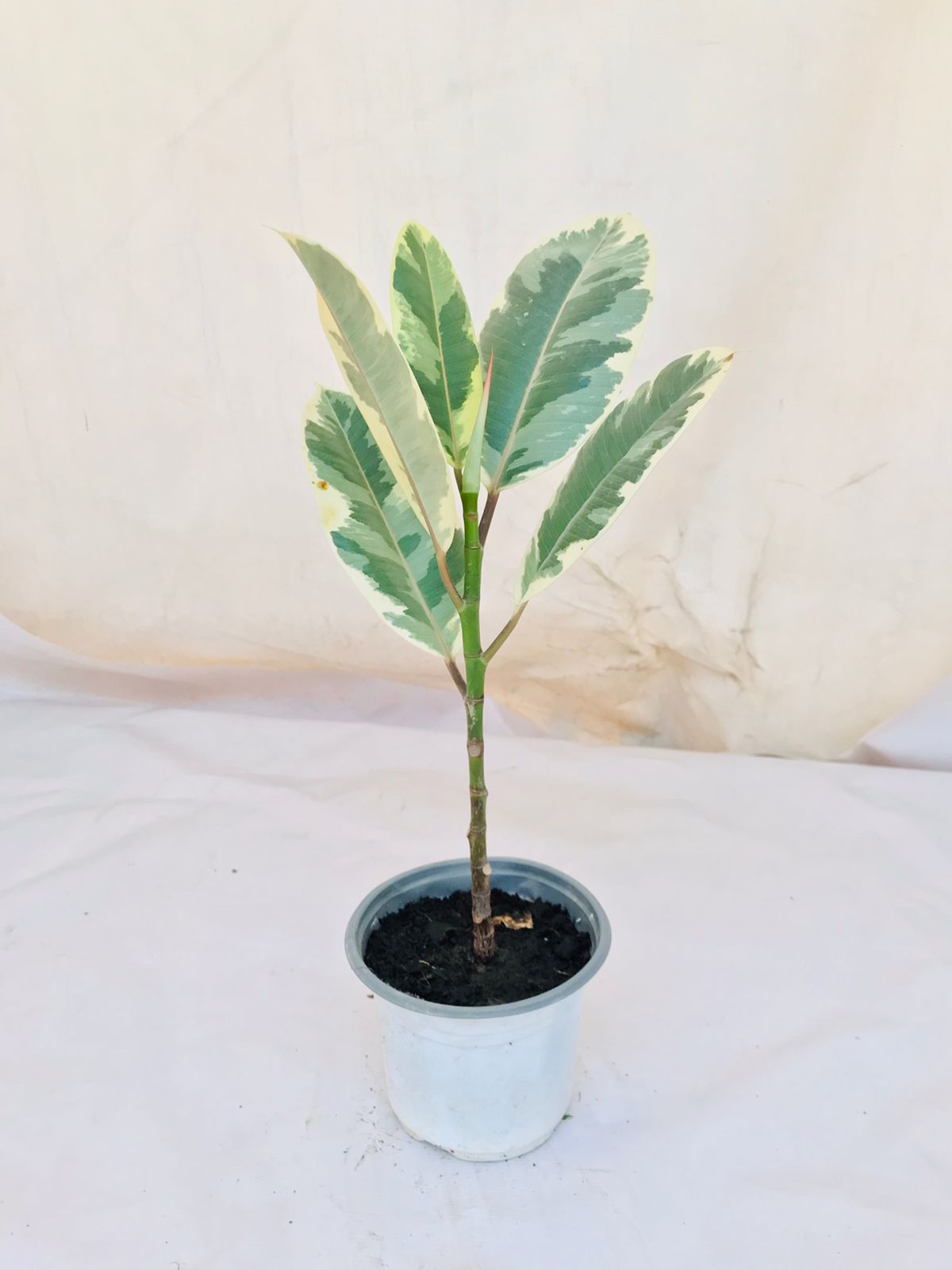
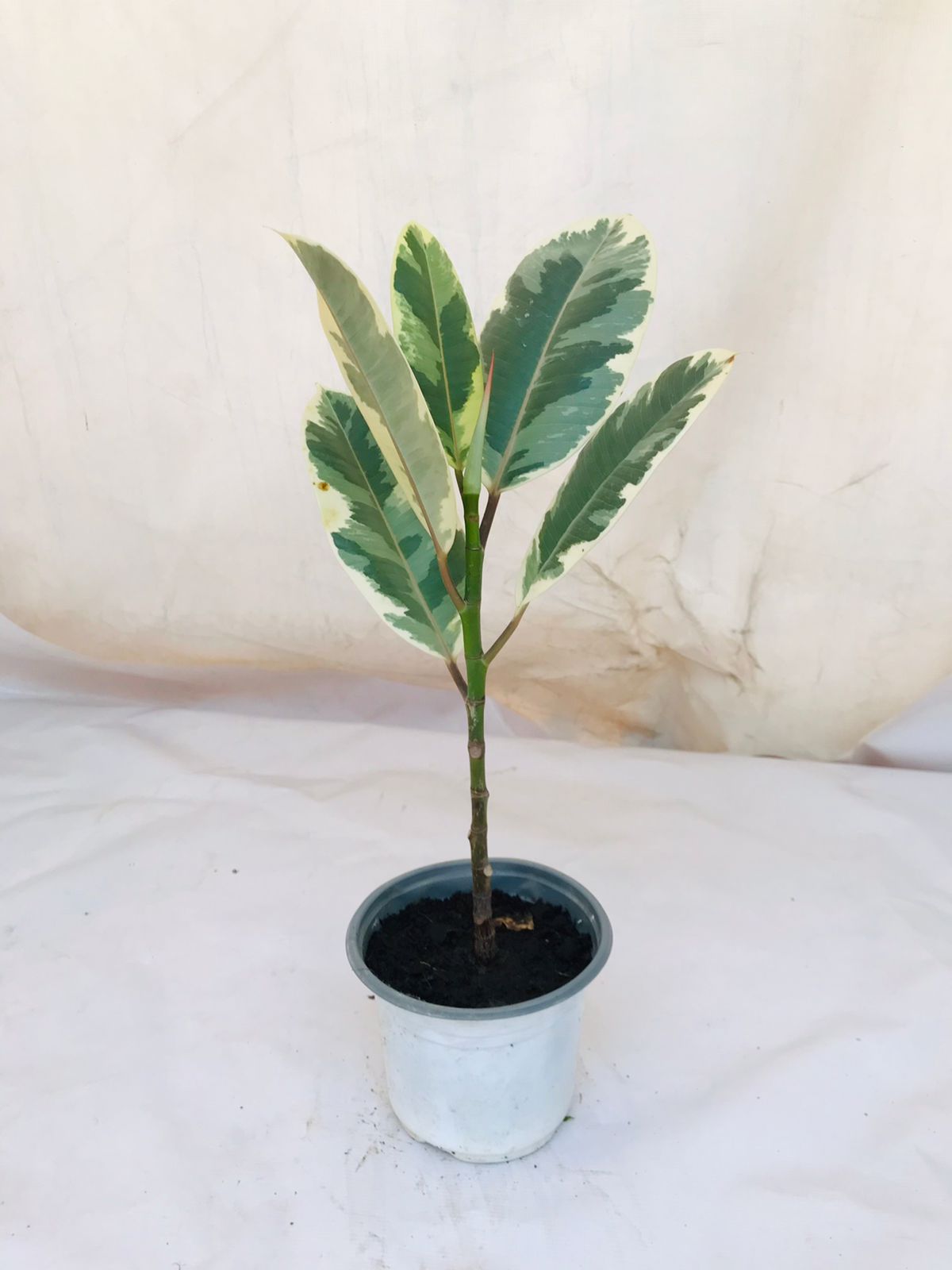
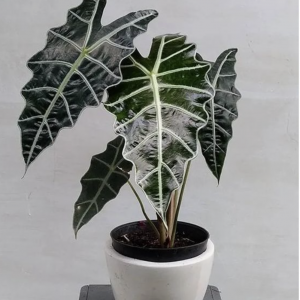

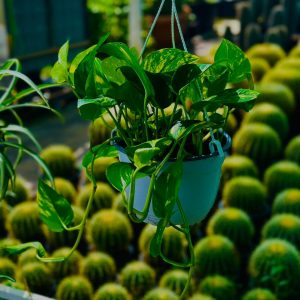
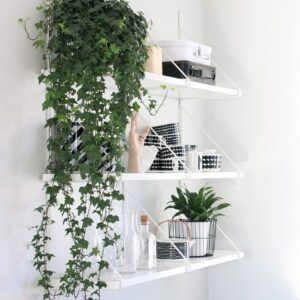
Reviews
There are no reviews yet.